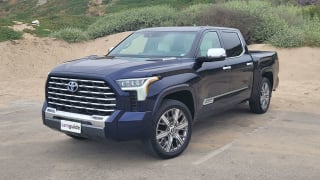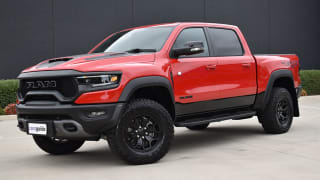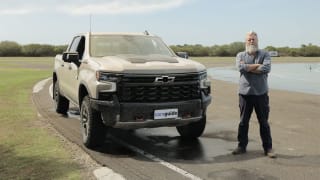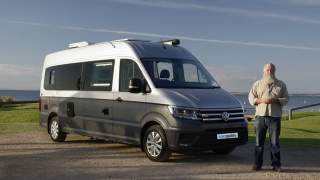Ford Australia has already released the details on what we can expect from the locally available versions of the F-150. There will be two models, the XLT (which we drove in the USA) and the higher-grade Lariat, and both will be available in standard or long-wheelbase.
The XLT begins the range at $106,950 (plus on-road costs), with the long-wheelbase priced from $107,905. The Lariat SWB will start at $139,945 and the Lariat LWB from $140,900.

Standard features for the XLT will include 20-inch machined alloy wheels, chrome bumpers front and rear, a work-surface tailgate and a spray-in bedliner, as well as an 8.0-inch digital instrument panel, 8.0-inch multimedia screen with Ford's SYNC4 interface, power adjustable seats and dual-zone climate control.
Stepping up to the Lariat adds extra chrome trim, including mirror caps and door handles, as well as a twin-panel moonroof, power tailgate, heated and vented leather accented seats, a larger 12.0-inch infotainment screen and similar instrument cluster and a surround-view parking camera.



















